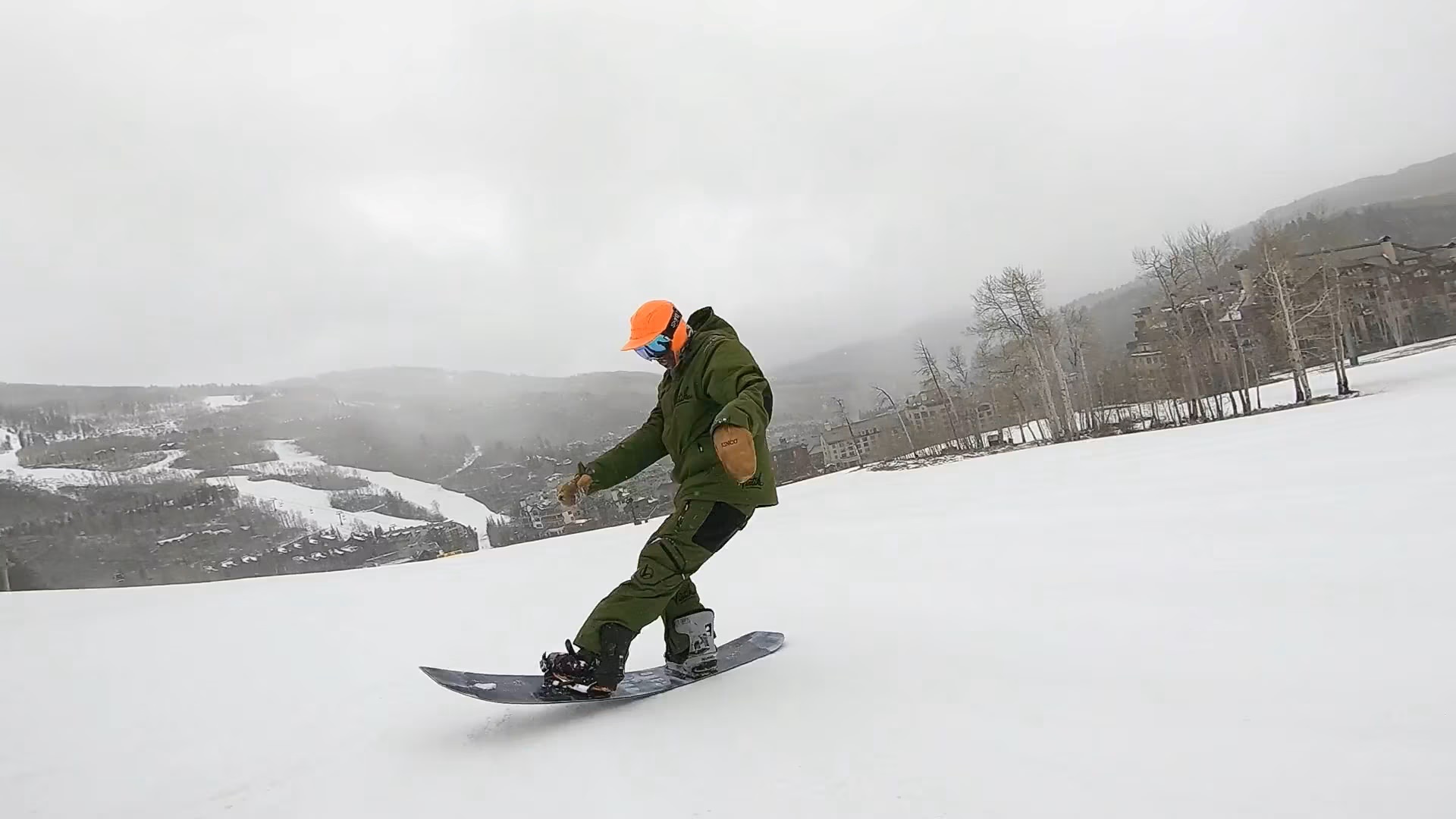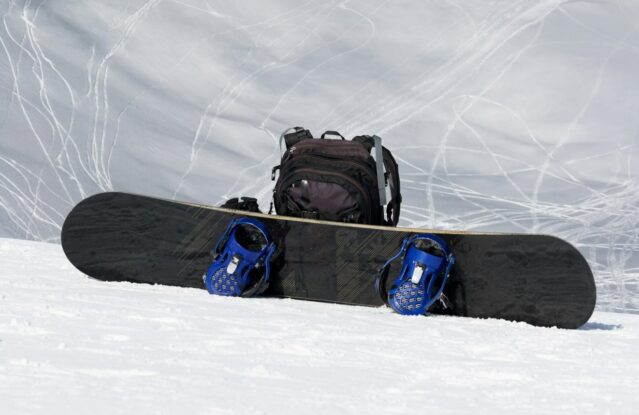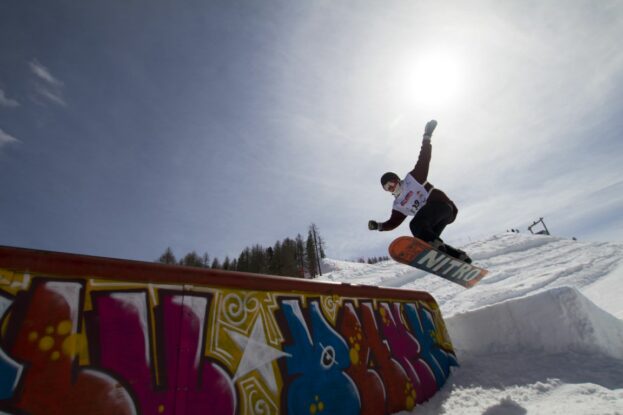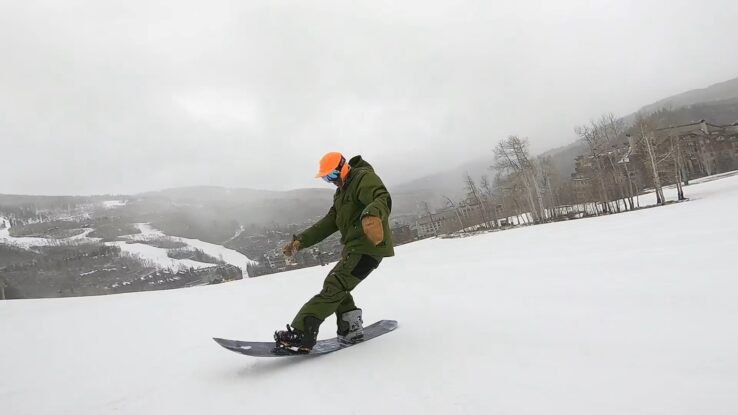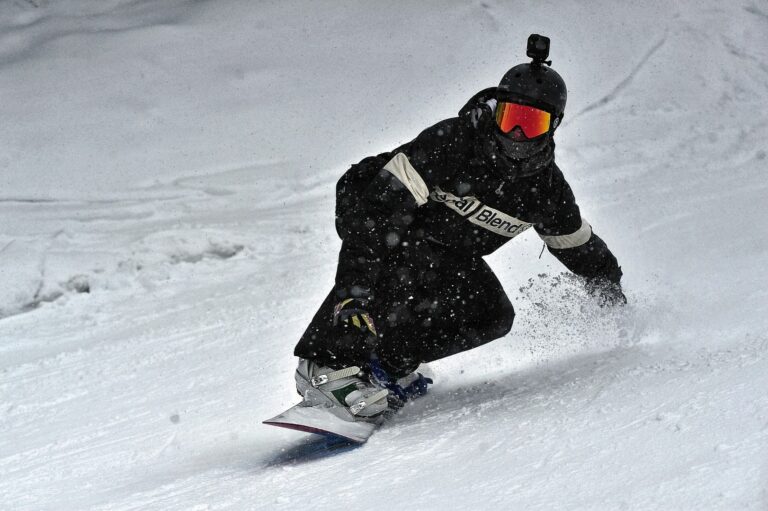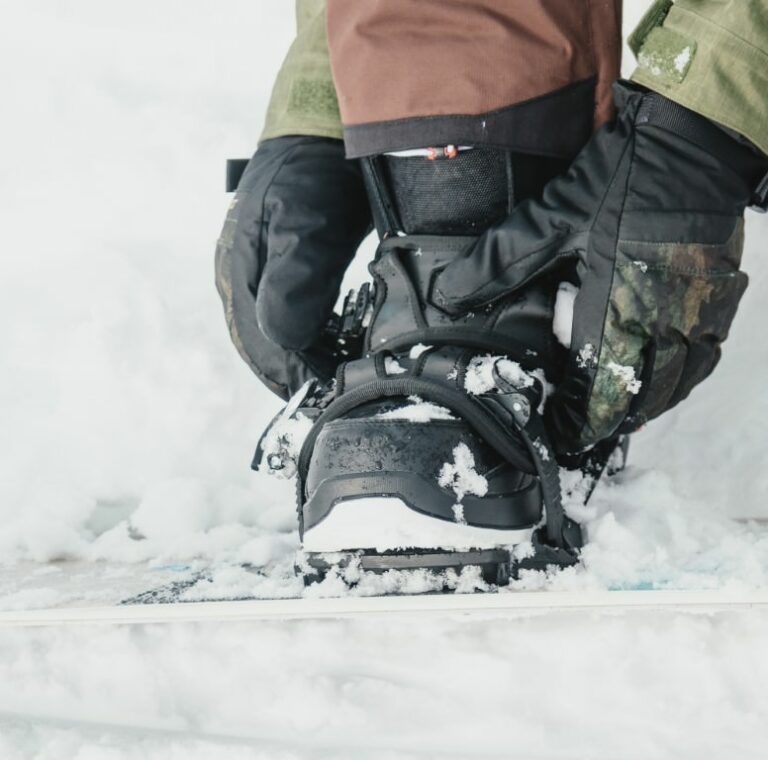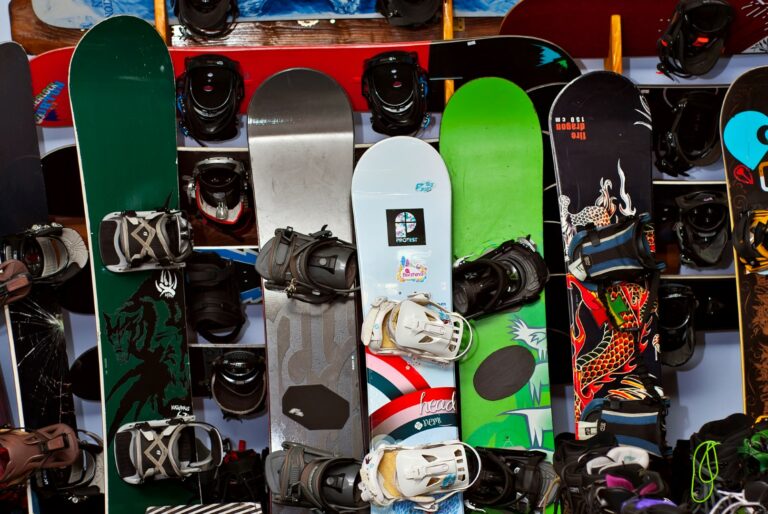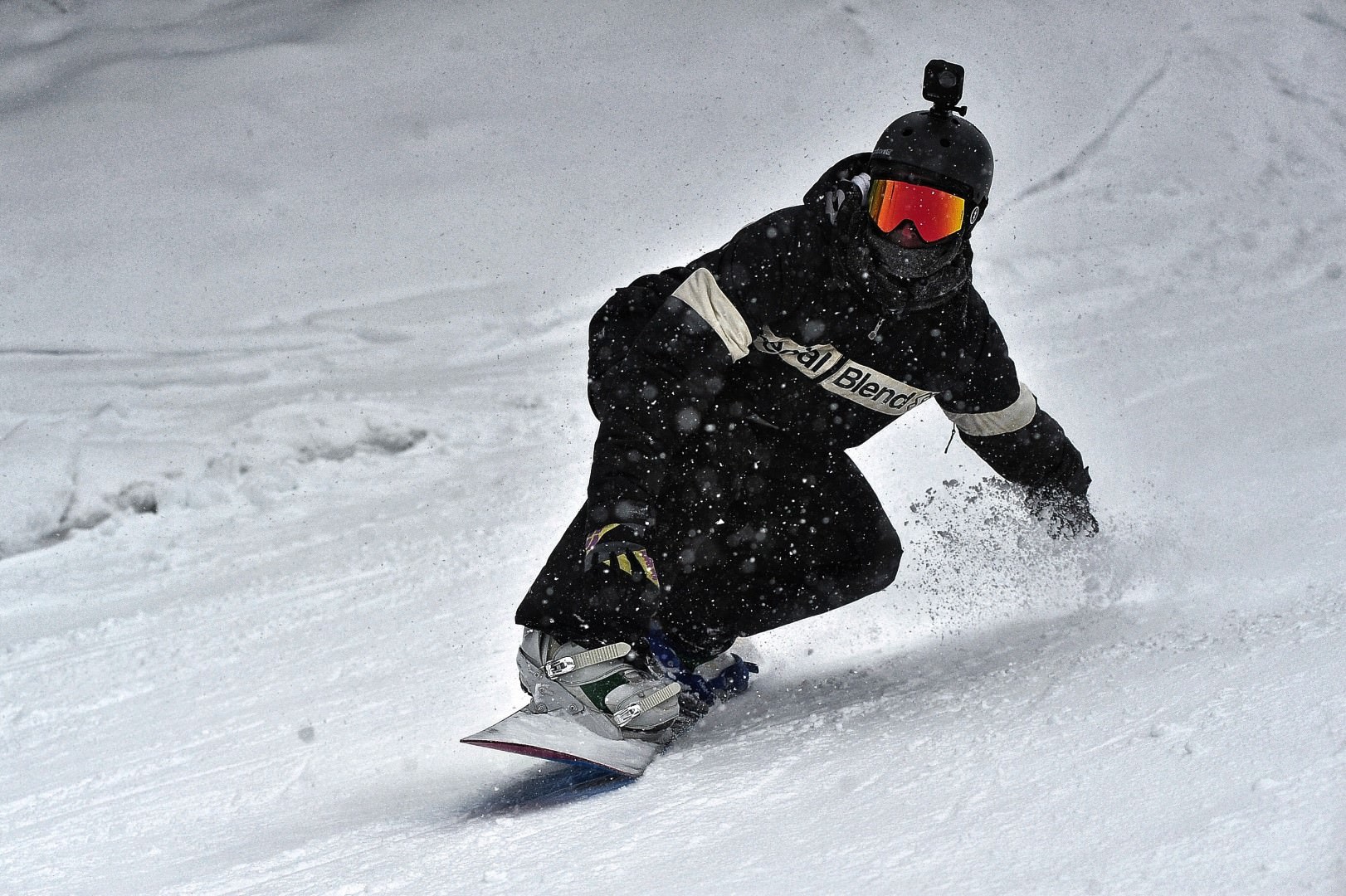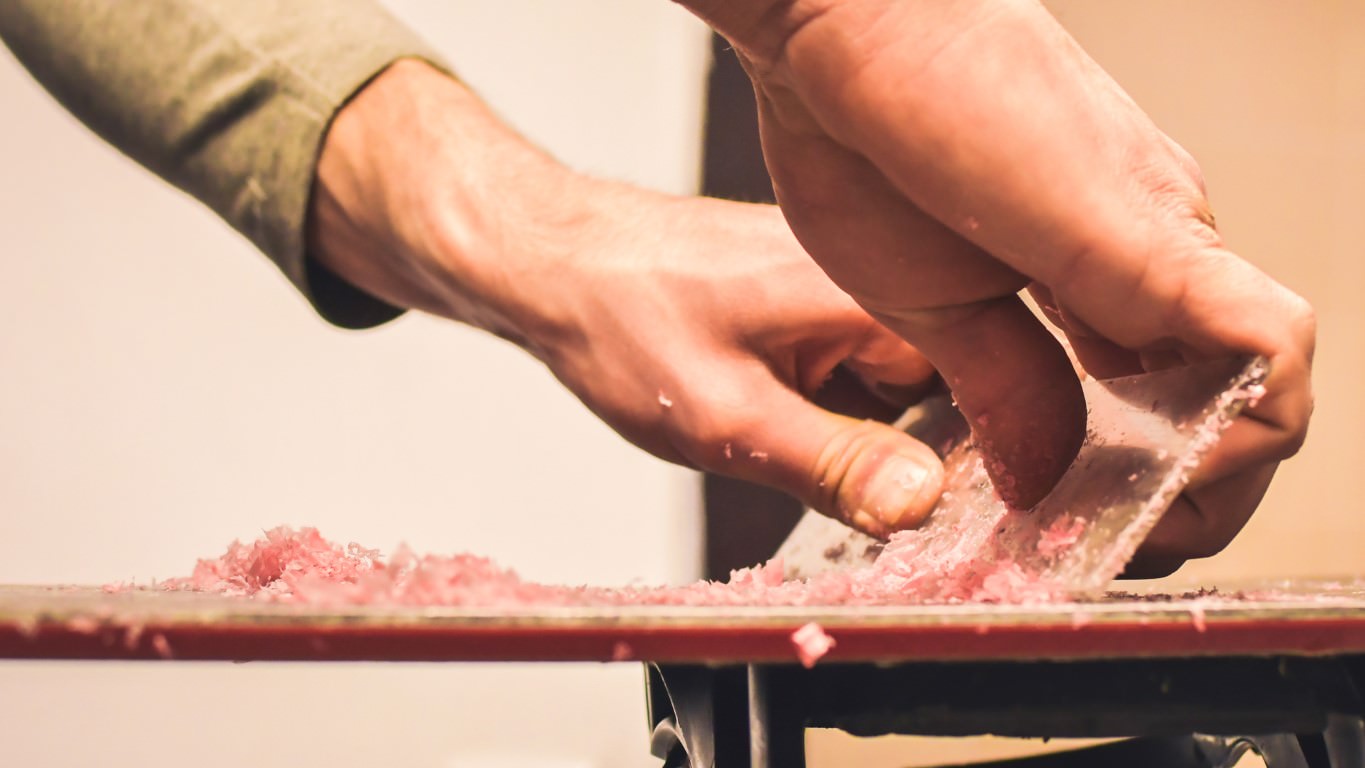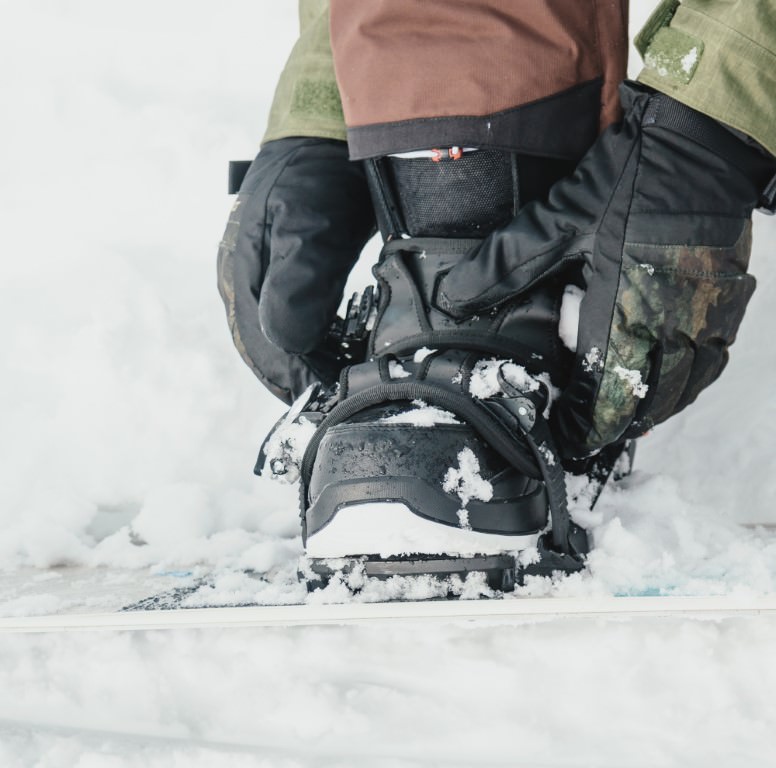What is Buttering?
The term buttering comes from how you use a knife to butter bread as opposed to cutting it. So on a snowboard, this means using the base of the board rather than the edge to create fluid and stylish moves.
Buttering is sometimes incorrectly used to describe all flatland/ground tricks. But a butter should always include a nose and/or tail press in combination with ground spins, ollies and/or landings.
But be careful. Buttering is a gateway drug to the addictive world of freestyle snowboarding. Once you are hooked, you’ll be forced to express yourself at every opportunity, turning even the most mundane slope into a personal playground.
And best of all it is easy to butter with a low risk learning curve. If you get it wrong you won’t be tomahawking down the mountain or picking up the pieces after a yard sale. Progression is quick, the results impressive and before long you’ll be impressing your crew by buttering all over the mountain.
How Snowboard Flex Affects Buttering
To excel at buttering, you need to get friendly with your board’s flex. Compare a dolphin with a crocodile. Both are fast and powerful, but the dolphin has more flex and agility, which is why Flipper pulls off better stunts than Tick Tock.
Your board’s flex is its agility meter. The more it bends, the easier it is to press. So if you want to butter, a soft flexi board will help just like Flipper does whenever Bud gets in trouble!
A rocker/banana shaped board makes buttering easier than traditional camber. This is because it curves in the same direction as the press.
That said, you can butter on any board, but it will be less impressive, and more effort on a cambered stiffy. It’s worth noting that with more flex, there is less pop, so a flexy rockered noodle will not be as powerful or responsive as a more traditional beast.
Understanding Weight Distribution
The crux of buttering lies in controlling your weight distribution. Pressing your weight on the nose or tail while elevating the other end sets the stage for a graceful butter. It is tempting to lean your weight out beyond your bent leg. But in reality, it is more about shifting your hips, so your central mass is over the binding.
A good way to practice is to stand with your legs snowboarding width apart and move your weight onto one leg while bending the knee. Hold the position with your other leg straight but not quite touching the ground.
On a board, it is all about finding the balance. You don’t need to pull up your straight leg, the board will come up naturally when you hit the sweet spot. It is all about balancing the leverage created by your weight with the force against the snow in your standing leg.
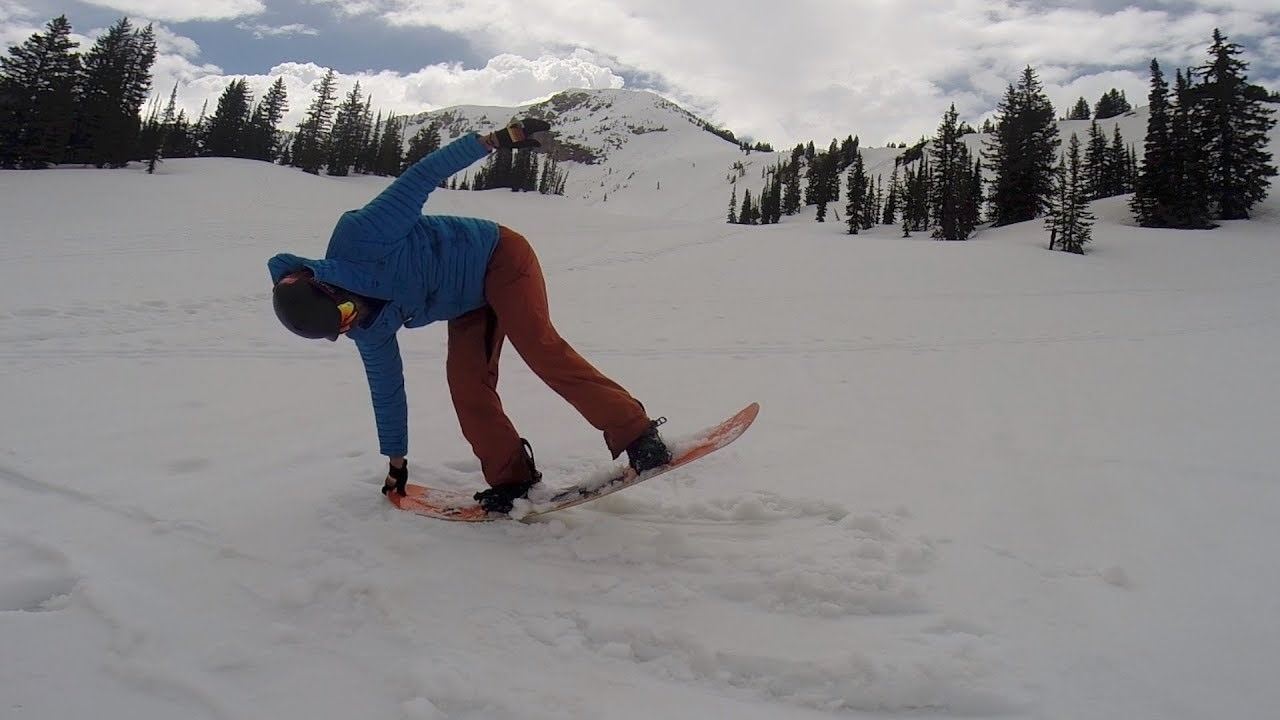
The Basics of Buttering
Follow this list of basic buttering skills to get started:
- Ground Spins: Before you begin learning to butter, you need to be proficient at ground spins. This is literally spinning in either direction while snowboarding downhill. This helps to familiarize yourself with your snowboard and how weight distribution changes its contact with the snow.
- Press on the Flat: On the flat, practice presses. For a nose press, shift your hips over the nose of your board and bend your front knee while straightening your back leg. The result should be that the tail of the board lifts off the floor. A tail press is the opposite.
- Pop from press to press: Still on the flat, practice popping from a nose press into a tail press and vice versa. This builds the muscle memory needed for buttering.
- Flatland Spins: Still stationary, add a spin to your press. To do this, look over your shoulder in the direction you wish to spin, this shifts your shoulders, making the board rotate. Get comfortable spinning in either direction from nose and tail.
- Add Counter Rotation: If you counter rotate your body in the opposite direction before spinning, you will get far more rotation when you unwind your body by looking back the opposite way. You can then keep a spin going for a long time just by by continuing to look over your shoulder.
- Head to a Gentle Slope: Start with straight nose and tail presses going down hill on an easy slope.
- Butter: Now, it is time to combine the press and spin on a gentle slope. Start slow and gradually increase your speed. Practice spinning in either direction on nose and tail presses – there is more information about each below.
Step-by-step Guide to Performing a Nosepress Butter
Executing a Nosepress butter requires shifting your weight towards the front of the board, while simultaneously keeping your back foot light. Here’s a detailed breakdown of the process:
- Begin by bending your knees and gradually transferring your weight towards the nose by shifting your hips.
- Firmly press down on your front foot, and straighten your back leg causing the board to bend and the tail to lift off the snow.
- As you do this, counter rotate your upper body in the opposite direction to the one you intend to spin. It helps to look in that direction.
- As your tail comes off the ground, look back the other way, rotating your upper body at the same time, and you’ll begin to spin.
- Hold this position and continue to look over your shoulder to keep spinning.
How to Execute a Perfect Tailpress Butter
The mechanics of a Tailpress are very similar to a Nosepress, but in reverse:
- Start by getting low and bending those knees. Gradually shift your weight back towards the tail by shifting your hips.
- Press down on your back foot while stretching your front leg, making the board’s nose bend upwards.
- At the same time, counter rotate your upper body opposite to the direction you want to spin. Fix your gaze in that direction to help balance.
- As your board’s nose lifts off the snow, look the other way and your upper body will follow, and you’ll start spinning.
- Stay in this position, looking over your shoulder, and you’ll keep spinning.
Common Mistakes Beginners Make in Buttering and How to Avoid Them
Common stumbling blocks for would be butterers usually come from incorrect weight distribution or overzealous attempts at advanced tricks. Here are some tips to avoid these errors:
- Balance: Many people lean their body rather than shift their weight. Keep your upper body in line with your hips, and shift your hips over the binding rather than leaning your upper body beyond your bindings – which will unbalance you.
- Control: Don’t go too fast. Buttering success stems from smooth, controlled movements. Be in control at all times. It is easier and often looks better buttering slowly.
- Push Don’t Pull: Many people try to lift their opposite leg when they should press on the boot they are trying to balance on. It’s about finding the point of balance between your weight, the board flex and gravitational forces.
- Patience: Trying to run before you can walk is always a problem. So become proficient in the buttering basics before trying more difficult moves.
- Practice: If you don’t practice buttering, you’ll never get better. Practice at home just by balancing on one leg, or even butter on your board using an old rug or bit of carpet.
- Progression: People fail because they are not ready to butter on steeper slopes, through bumps or in pow. So progressively move from easy terrain to more difficult conditions.
Better Butters: Taking Flatland Tricks to the Next Level
Integrating buttered ollies, nollies, spins (in the air this time) and landings into your arsenal takes your flatland snowboarding to the next level. You can combine these with lots o variety. For example, a butter nose roll is great to pop off lips, drops or rollers – you nosepress into it, buttering around so the tail is in front, then pop off your nose into a 180 spin or more.
The beauty of either nose or tail presses is you can naturally butter around 180 degrees using the slope while counter rotating your upper body. Then use the tension in the board and your upper body to pop into the air and spin a 180 or 360 out the other side.
And if you can land a butter from any trick, you are ramping up the style. Buttering skills can also be taken to jibbing to do on features or combined with carving for some of the most creative snowboarding.
Conclusion
Many people, myself included, skip buttering for the more obvious pursuit of airtime. However, this is a mistake as the skills you pick up while learning to butter make jumping easier. You’ll understand the flex and pop of your board and how better to distribute your weight.
So give buttering a go. Yes, you’ll fall over a bit, but they are low risk moves, and you’ll be a better snowboarder for it. In terms of risk to reward, buttering doesn’t just take the biscuit but steals the deliciously buttered toast too!
